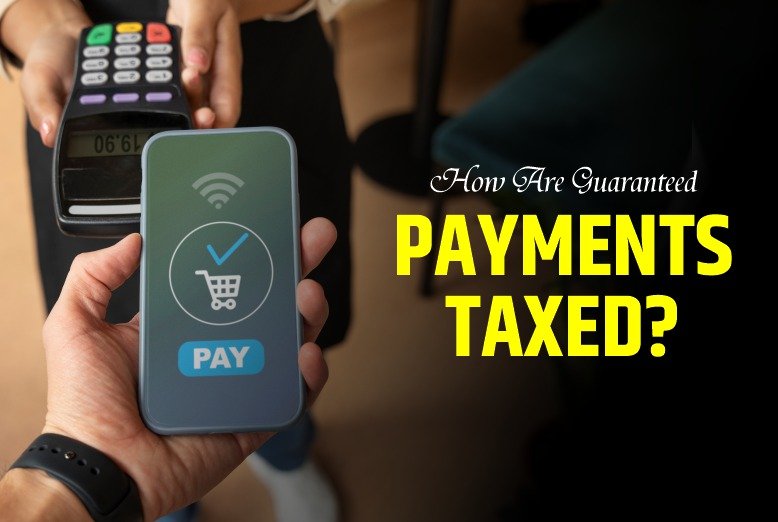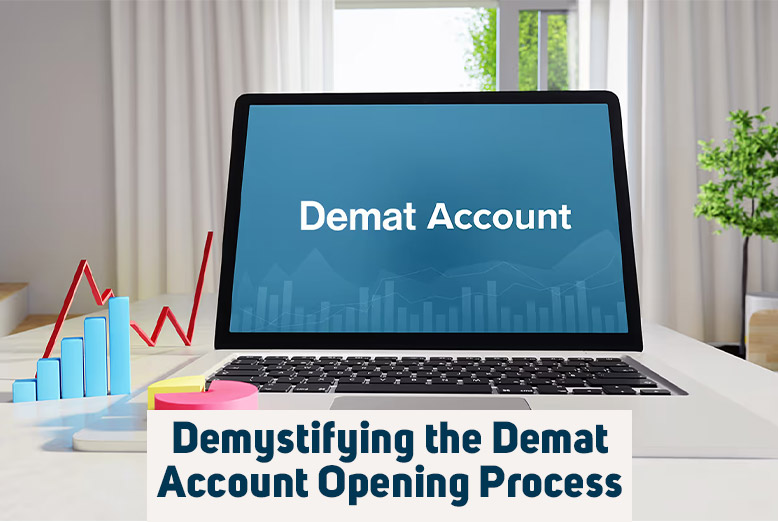You’re probably more familiar with the process of receiving your wages through a paycheck and reporting it to your annual tax Form W-2. But if you plan on getting a partner for your business, their compensation may have a different set of rules when it comes to taxation.
These payments are considered guaranteed payments and below is a quick guide on their tax implications and how you can set them up successfully.
What are guaranteed payments?
Guaranteed payments are payments made to a business partner if you’re in a partnership or member of a limited liability company (LLC), in exchange for their time, services, or capital provided. Guaranteed payments are aptly named because the amount is expected to be paid on a regular basis regardless if the business is making a profit.
When done correctly, guaranteed payments can be beneficial for your business since you can deduct them as a business expense thus lowering its taxable income. You won’t also need to pay the Federal Insurance Contributions Act (FICA) tax or payroll taxes since receiving partners are not considered the business’s employees.
Although one downside is you’re still expected to make the payments even if the company is operating at a loss, it can give the partners an ensured regular income despite your business’s performance.
Who can receive guaranteed payments?
As discussed above, any partner in a business partnership or member of an LLC is allowed to receive guaranteed payments – as long as the LLC contains two or more members.
Setting up a guaranteed payment plan eliminates the risk of a partner providing significant time or property contributions without compensation even if the business turns out unsuccessful.
A partner or member can also receive a salary and guaranteed payments if they are employed within the company. Although their payroll wages and guaranteed payments are treated differently when it comes to taxes.
The Internal Revenue Service (IRS) also prohibits business owners to act as employees that draw salaries but instead, consider guaranteed payments as business expenses.
Do guaranteed payments count as distributions?
Although both are applicable for partnerships, LLCs, and S-corporations, distributions and guaranteed payments actually differ from each other. Distributions are classified as profit-sharing payments of your business’s equity to you and your shareholders.
The distribution can come from the accumulated profits or previous investments that were made toward the business. But if the business didn’t earn any profits for the year, there won’t also be any distributions for the partners.
Distributions can also come from a complete or partial liquidation of a partner’s interest or a final distribution to all partners when the company is liquidated.
While guaranteed payments are considered the salary of the recipient, and are reported as taxable income on their individual tax return. Although distributions are not taxable income, a receiving partner will still also need to report it on their annual return.
How do you set up guaranteed payments?
One important note you have to remember is to arrange your guaranteed payments before you set up your business. Although the risks are higher, you can’t organize guaranteed payments once your company is established. If you’re unsure if guaranteed payments are right for your business, you can always consult an accounting advisor.
The first step to establishing guaranteed payments is to outline them in your company’s operating agreement. This should contain the amount and payment schedule for each partner to create a structured plan. If not handled correctly, guaranteed payments can create net losses and tax implications for your business.
What are the tax implications of guaranteed payments?
Guaranteed payments are treated as ordinary or self-employment income for the receiver, and are taxed as such. If self-employed, this means the partner is also required to pay self-employment taxes on a quarterly basis.
When filing for their personal tax return, the partner should report the amount they receive on Schedule E (Form 1040) for their income tax and Schedule K-1 (Form 1065) for self-employment tax.
The amount paid that your business made for your partner’s insurance should also be included in their Schedule K-1 as it equates to your partner’s, their spouse, and their dependents’ medical care.
Any payments or credits that should be capitalized aren’t considered guaranteed payments, but the partner should still need to report it separately on Schedule K, Line 4, and on Schedule K-1, Box 4.
While your company can report the guaranteed payments as expenses on the business’s Form 1065 since they are tax deductible.
Need help with your taxes?
If you need help setting up a guaranteed payment with a business partner, Lear & Pannepacker has a team of professional accountants to guide you. Whether you need assistance balancing your books or want advice on growing your business, their experienced professionals are ready to help you. For any questions or inquiries, you can contact their team now.
ALSO READ: 15 Best Tax Saving Investments Tips




















